Each year between mid-April and mid-May, mushroom hunters head for their secret spots in search of the mystifying morel mushroom. The morel’s unique honeycombed cap, hollow center, and whitish stalk make them relatively easy to identify — if you can find them. Online message boards are packed with how-to tips from experienced hunters on where to look with secret locations like the base of poplar trees, around the base of a dying elm tree, in apple orchards, and on mountain slopes with a moist southern exposure.
Tasty Treasures
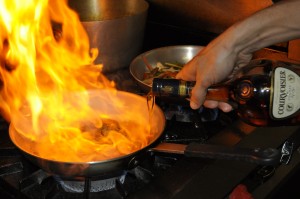
Dubbed “the steak of the woods,” morels enhance the flavor of accompanying foods — a perfect grilled topping on pizzas, a delicacy sautéed in olive oil with garlic and parsley, or a succulent starter dish atop a slice of bread. “The taste of morel mushrooms [compared] to the button variety you find on pizza is like comparing steak to cardboard,” says Tom Nauman, owner of the popular Morel Mania website. And, says Nauman, ‘shroomers can sell fresh morels anywhere from $40 to $180 a pound to restaurants. Sought insatiably by the nation’s finest chefs, it’s no wonder there’s a strong market for this culinary catch.
Some of our favorite tips gleamed from the experts over the years:
1.) Where to look: Well, some will say to watch out for other hunter and gatherers, if you spot people walking slowly through the woods with mesh bags, you may discover someones honey hole. We’ve had the most luck in old orchards, or areas that have been logged, particularly areas that have had some controlled burning offer good conditions for morels. This is likely due to Morels preferring an alkaline soil.
2.) Other tips for location: Many seasoned morel hunters will tell you to look around fallen timber. The base of dying trees can be a place to focus some extra attention.
3.) How do look? If you have some confidence in the area you are searching for, it is a great help. Then, it’s time to call up your greatest attention to detail and enjoy a slow walk, scanning five or six-foot areas around you as you go. As soon as you discover one or two, you’ll notice a real difference in your ability to spot them.
4.) How to pick properly? Picking is simple, pinch the stock at the bottom close to the ground between your thumb and finger and twist gently. Of course, clear away debris, and allow yourself the ability to harvest the mushroom without getting additional dirt on it.
5.) Don’t pull it out. This is worth mentioning, don’t just pluck it up out of the ground. This will damage the root structure, and reduce chances for regrowth next year. Pinch & twist!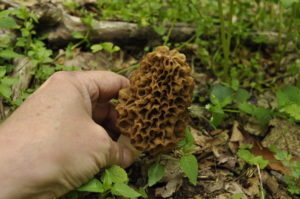
6.) How can I be sure it’s a Morel? Morel mushrooms have a very distinctive look. However, there are look-alikes that are toxic. So you want to be sure you have a true Morel. Of course, Morels have the specific shape and look. One distinction we look for is how the stem attaches to the cap. Morel mushroom steps attach directly to the cap, they do not go up inside the mushroom (like a closed umbrella would). You want a clear attachment to the mushroom. Another key, Morels are always hollow.
7.) Lastly, Morel season generally turns on when soil temps reach the mid 50’s to mid 60’s. We like to measure soil around areas we find Morels to test out this knowlege in our areas. How do you get soil temp? A digital soil thermometer of course!
We suggest printing out a guide on mushroom type identification. Here’s one: Pocket Guide



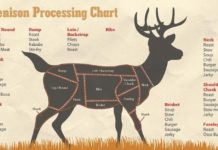
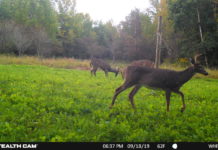














![The Best Deer Camp Chili [VIDEO] Deer Chili Ingredients, Tomatoes, Chili Spices](/wp-content/uploads/2015/10/Deer-Chili-Deer-Camp-Recipe-218x150.jpg)
![How to Call Elk Early in the Season [VIDEO]](/wp-content/uploads/2016/08/byers003-218x150.jpg)

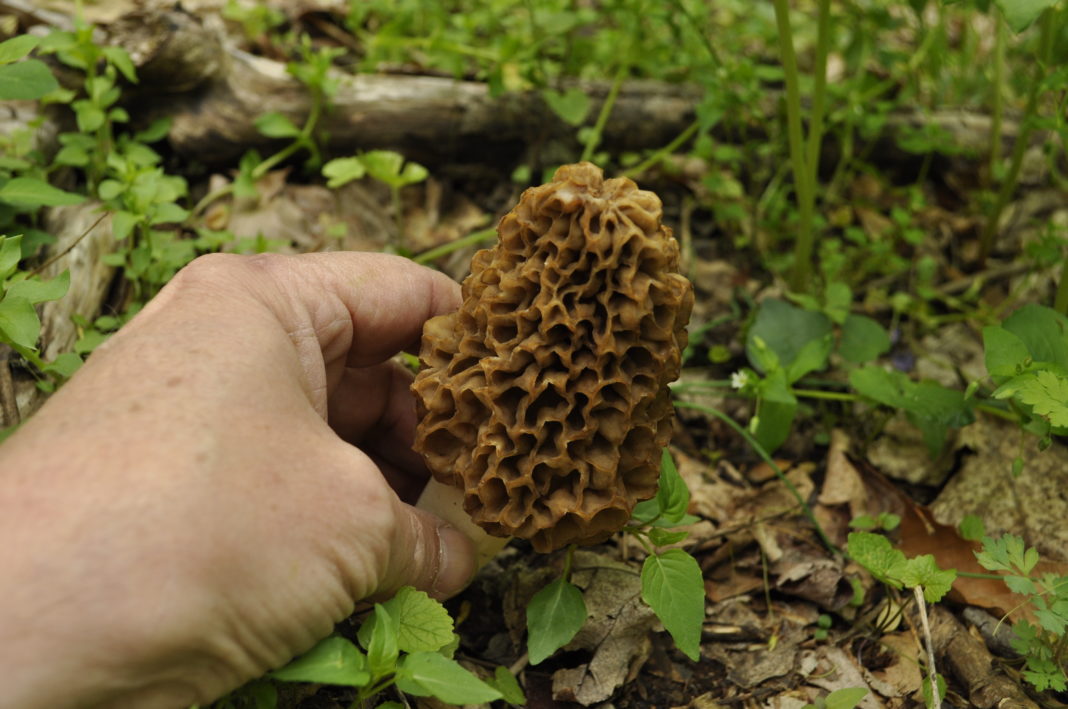


![Idiots Disturb Hunter: How Would You Have Handled It? [VIDEO]](/wp-content/uploads/2015/10/DSC00110-e1474487693878-100x70.jpg)
![Albino Buck Shocked to Shed His Antlers [VIDEO]](/wp-content/uploads/2015/10/AlbinoDeer-100x70.jpg)